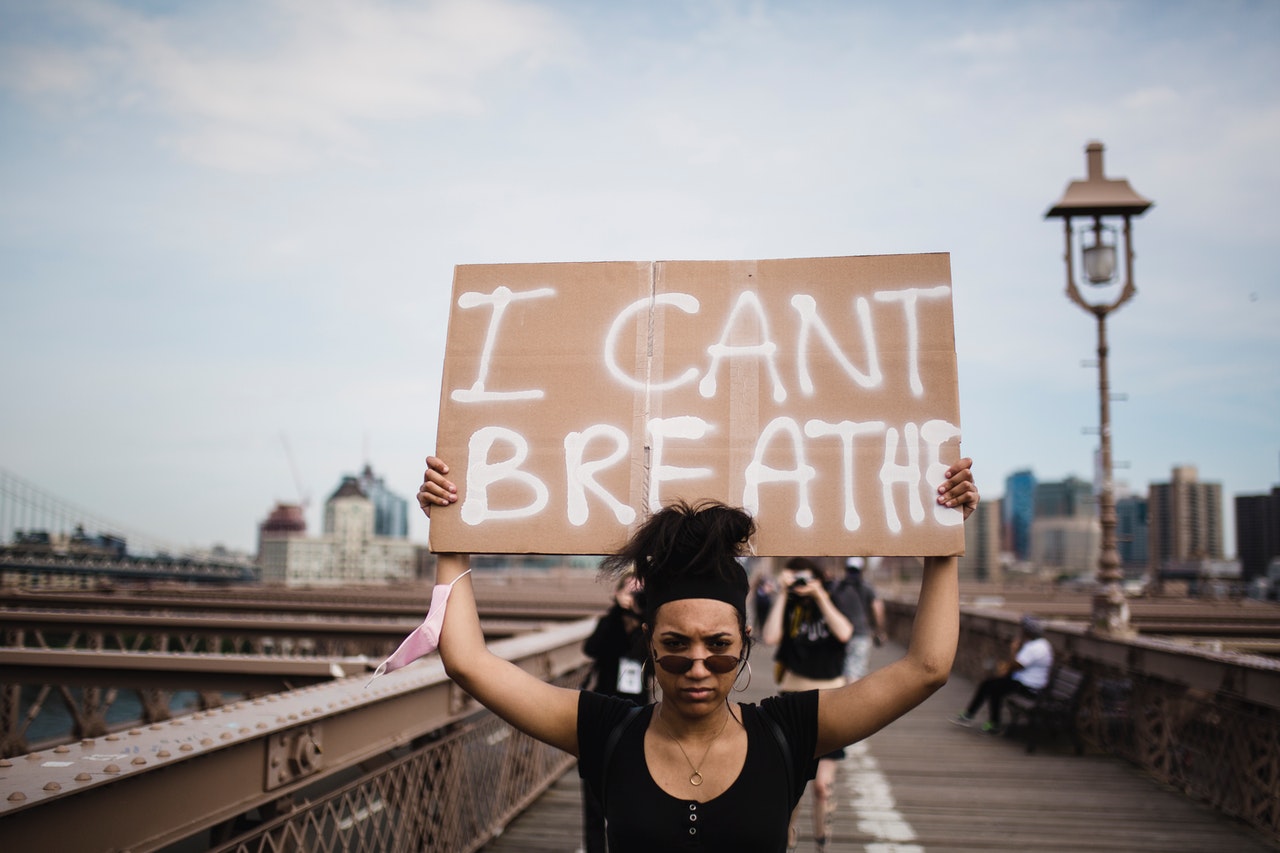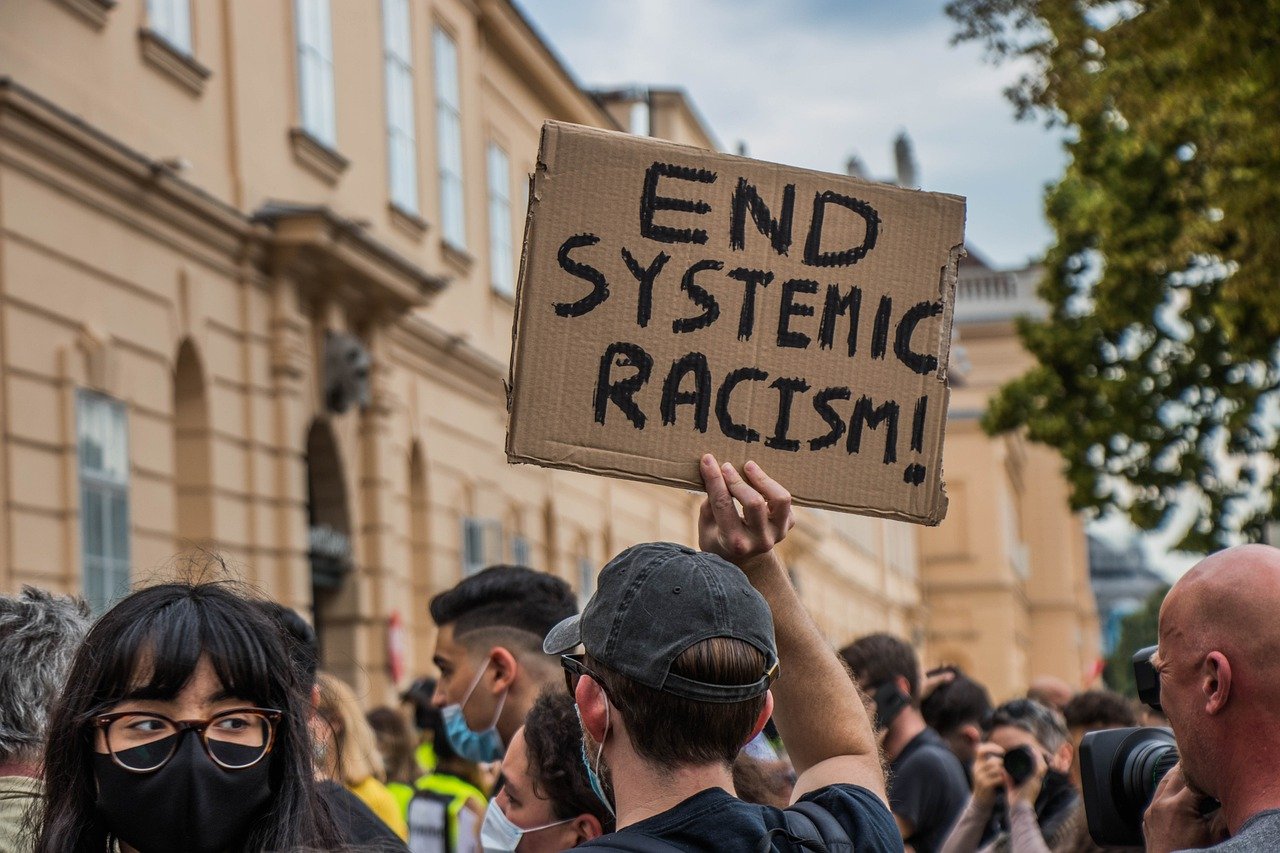London’s link to slavery was brought to the fore with this summer’s Black Lives Matter protests followng the death of George Floyd.
And there have been calls to change the names of streets and scrap statues linked to those whose fortunes were made from the labours of enslaved people.
London Mayor Sadiq Khan launched a Commission for Diversity in the Public Realm to make suggestions for new statues, memorials, blue plaques, commemorations, murals, street art, works on public hoardings, street names, pavements, and street furniture.
Some changes have happened quickly with statues in London and Bristol removed within days of the protests.
A statue to slave owner Robert Milligan was taken down in East London and Edward Colston’s statue was toppled by crowds in Bristol.
Amongst the places which have changed their names rapidly are schools in the capital.
The only primary school in the City of London has also changed its name.
The Sir John Cass’s Foundation Primary School is now called The Aldgate School – after the area it calls home.
And the East London secondary school founded by Sir John who made part of his fortune from slavery is now called Stepney All Saints School.
The primary school took down a statue to Sir John in June when it learnt about his links to slavery.
The Cass Business School in Bunhill Row at City University is also erasing his name from its title.
The City of London Corporation has set up a three-month consultation to find out if the public want statues of people linked to slavery and colonialism removed.
It comes after a statue outside the Guildhall of William Beckford, an 18th century slave owner and former Lord Mayor of London, was the target of a petition calling for it to be removed.
According to the founders of London Street Guide it’s a long process to change a street name.
The website is documenting the history of thousands of streets in the capital.
The team said: “First you’d have to determine the case to see if it was named after a slave owner or someone else. Then you have to consult with residents. Then the Post Office to see if the new names might be confused with nearby places. When you pick a new name you have to speak to the emergency services to see that it won’t be confusing during 999 calls or over the radio.”
And they said really new names should have a local connection.
University College London’s British Slave Ownership Project has documented the thousands of slave owners throughout the UK using documents and details of the compensation they were paid when slavery was abolished in 1833.
The resource is helping those researching the history of links to slavery.
Some streets mentioned by campaigners include Hans Crescent and Sloane Square – both named after naturalist Sir Hans Sloane, who founded the British Museum.
NOW READ: Livery Schools Link launches national campaign to help students increase employability
He worked as a doctor on slave plantations in Jamaica and wrote about their treatment and later married the heiress to sugar plantations worked by enslaved people.
There have been several petitions on the 38 degrees website calling for the removal of a statue of Sir Hans in Duke of York Square in Chelsea.
The latest petition by Roy Tonkin also wants Kensington and Chelsea Council to change the name of nearby Sloane Square.
Any changes could also mean the nearby District and Circle line Tube station might need a new name too.
Pat Mason, the leader of the Labour opposition on Kensington and Chelsea council said his group was likely to back removing statues linked to the slave trade and renaming streets that are also linked to slavery.
He told the Local Democracy Reporting Service that Labour also wants the council “to disinvest from companies who built their wealth from slavery- the Council has some £300m of investments.”
He added: “Removing statues and renaming streets is a symbolic start. What needs to follow is disinvestment, the dismantling of the finance institutions and companies who built their wealth from slavery, and their assets distributed as reparations paid to the descendent families and communities of the slave trade and the countries they devastated as a result.”
Other street names which campaigners think should go include Downing Street in the heart of Westminster.
Best known as the official home of Prime Ministers the street is named for George Downing who defended slavery and the money it brought others.
Trafalgar Square is another popular tourist attraction that might get a make-over.
The backdrop for celebrations and protests and religious festivals was named after a headland in Spaon passed by many ships to the port of Cadiz which played a major part in the slave trade.
It was the location for London’s first Slavery Remembrance National Memorial Service in 2016.
Black Lives Matter campaigners would also like to see the back of Nelson’s Column as admiral Nelson was a supporter of slavery.
Over in East London, Tower Hamlets council is talking to residents about the future of Milligan Street in Poplar.
It was named after a Robert Milligan who owned two sugar plantations in Jamaica worked by slave labour and owned 526 enslaved people at the time of his death.
The council took down his statue in West India Quay near the Museum of London Docklands in June in response to Black Lives Matter protests.








